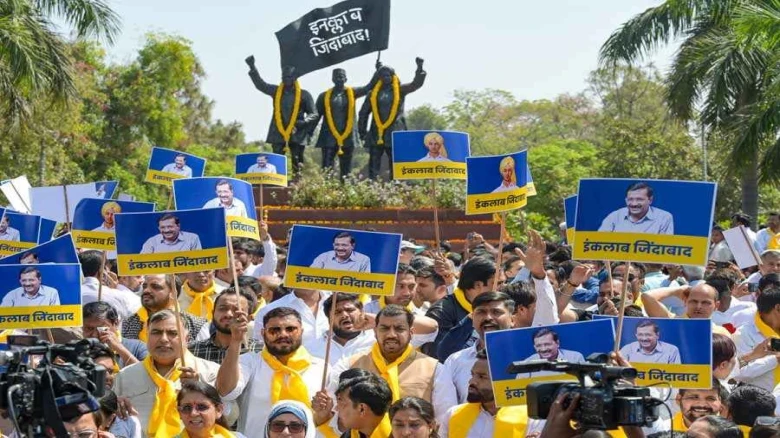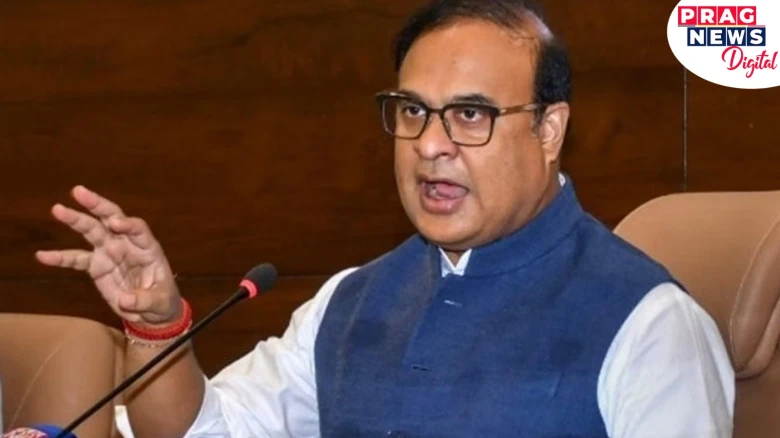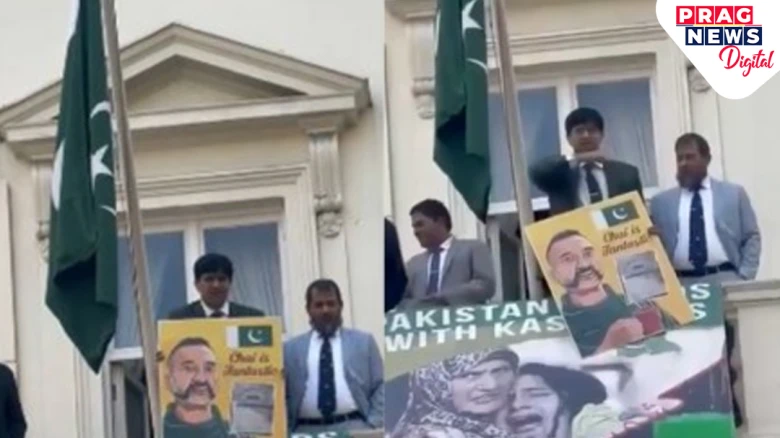This legal saga reflects the complex interplay between political power and judicial oversight...
Digital Desk: In a bold move against what they perceive as a politically motivated arrest, Aam Aadmi Party (AAP) leaders and supporters have embarked on a 'samuhik upwas' (mass fasting) to protest the arrest of Delhi Chief Minister Arvind Kejriwal. The arrest, stemming from the contentious Delhi liquor policy, has ignited a wave of dissent within the AAP ranks.
The heart of the protest lies at Jantar Mantar, New Delhi, where AAP leaders have converged to voice their opposition. Top party figures have lent their presence, amplifying the message of resistance against what they view as an assault on democratic principles.
Central to the AAP's strategy is leveraging social media to mobilize supporters. The party has urged workers to document their participation in the fast and share it on platforms like Twitter, utilizing the hashtag #ArvindKejriwal. This digital activism underscores the party's determination to harness public sentiment in their favor.
Meanwhile, former AAP MLA Sandeep Kumar has taken legal action, petitioning the Delhi High Court to unseat Kejriwal from his position as Chief Minister. Kumar argues that Kejriwal's incarceration renders him incapable of fulfilling his duties as mandated by the Constitution. Citing Article 239AA(4), Kumar contends that the absence of a free Chief Minister undermines the functioning of the legislative assembly, thus necessitating Kejriwal's removal.
The Delhi High Court's response to such petitions has been nuanced. While rejecting previous pleas for Kejriwal's removal, the court has emphasized the need for a robust examination of legal grounds. In a previous ruling, the court maintained that Kejriwal's status as Chief Minister should be determined by constitutional provisions rather than judicial intervention.
This legal saga reflects the complex interplay between political power and judicial oversight. The AAP's protests and legal maneuvers underscore their commitment to challenging what they perceive as an abuse of authority. Their mobilization of supporters and utilization of social media exemplify modern political activism, where digital platforms serve as battlegrounds for ideological struggles.
At its core, the AAP's stance epitomizes a broader struggle for democratic rights and institutional integrity. By refusing to acquiesce to what they deem as unjust persecution, the AAP reinforces the principle that no individual, regardless of their position, is above the law. As the legal battle unfolds, the outcome will not only shape the future of Arvind Kejriwal's tenure but also resonate deeply in the annals of Indian democracy.








Leave A Comment